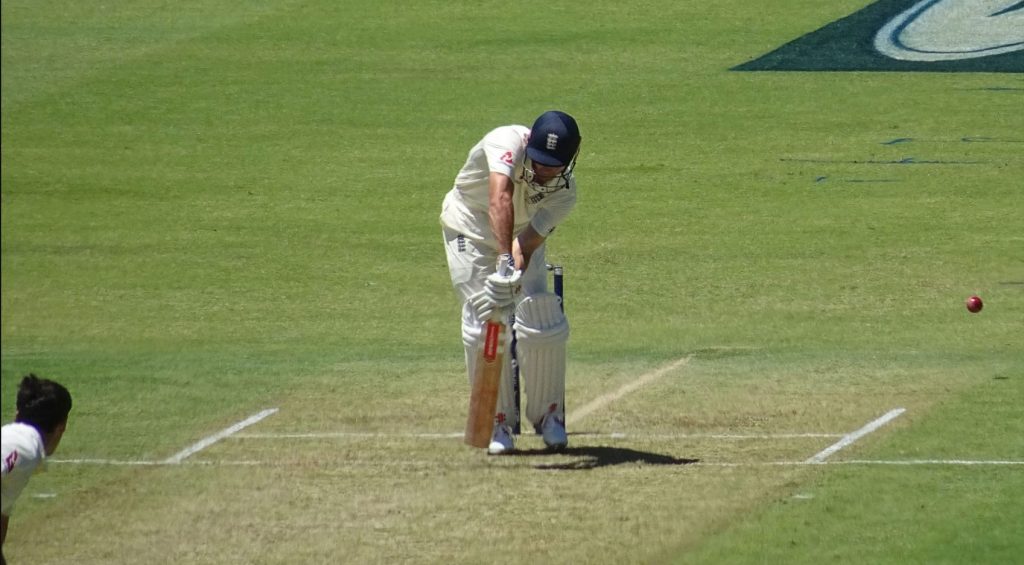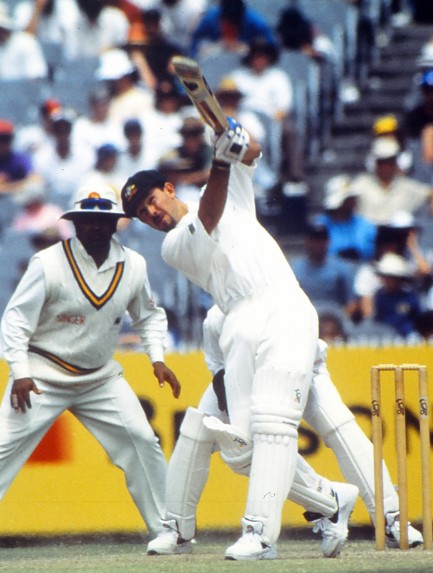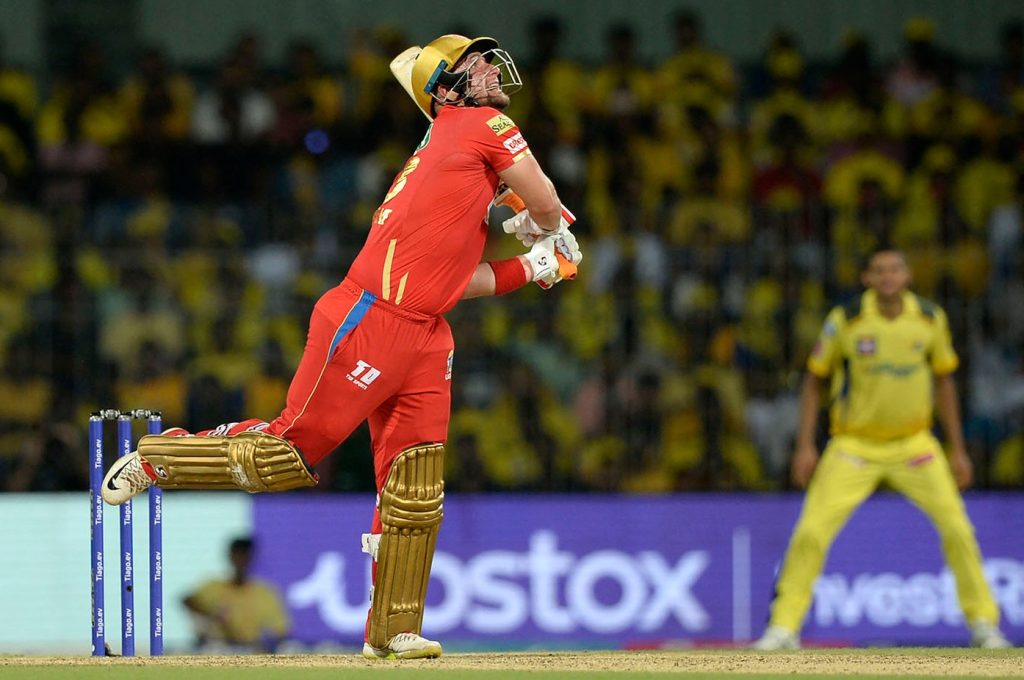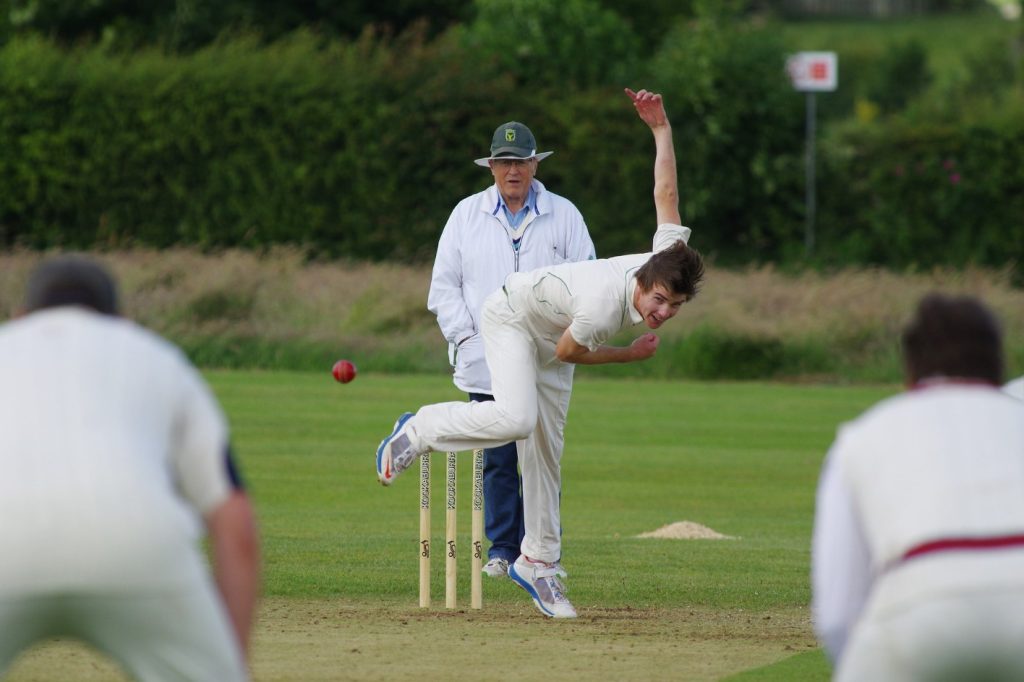Captaincy: In the world of cricket, the captaincy role is one of the most prestigious and influential positions within a team. Captains are not just responsible for making on-field tactical decisions, but they also carry the weight of the team’s morale, strategy, and overall performance. Interestingly, a pattern has emerged over the years where batsmen, rather than bowlers, dominate the captaincy roles. While there are several exceptions, the trend remains consistent across most cricketing nations.
1. Tactical Control And Involvement

Captaincy: One of the primary reasons why batsmen are often chosen as captains over bowlers lies in the nature of their role in the game. Batsmen are typically involved in the game for a longer period during a match, especially in Test cricket. A batsman is present at the crease for longer periods, which gives them a more comprehensive understanding of the game’s evolving nature.
Average Time Spent On The Field By Batsmen And Bowlers In Test Matches
| Role | Average Time Spent on Field (Minutes) |
|---|---|
| Batsman | 180-300+ |
| Bowler | 60-120 |
Captaincy: Batsmen can observe and assess the conditions, the field setup, and the opposition’s strengths and weaknesses in real time. This exposure allows them to make informed decisions, such as when to declare, how to set fields, and when to introduce changes in the batting order. On the other hand, bowlers typically spend a significant portion of the game off the field, especially in formats like Test cricket where batting sessions can last for hours. This reduced time spent in the game limits their ability to gather the same level of insights into the game’s flow.
2. Leadership And Decision-Making Skills
Captaincy: Batsmen, particularly those in the top order, often have to demonstrate excellent decision-making skills. The mental fortitude required to stay at the crease for long periods is closely linked to leadership qualities. Captains are often required to make quick decisions under pressure, a trait that can be honed while batting. The ability to read the game, control emotions, and make strategic decisions are key components of effective leadership. Since batsmen spend more time on the field, they tend to develop these skills more thoroughly than bowlers.
Leadership Skills By Role

| Skill | Batsman | Bowler |
|---|---|---|
| Decision-Making | High | Medium |
| Emotional Control | High | Medium |
| Game Awareness | High | Medium |
| Strategic Thinking | High | Low |
Captaincy: Bowling, by its nature, is often more focused and physically demanding, limiting the bowler’s capacity to engage in broader strategic thinking. A bowler is typically on the field for short bursts, usually focusing intensely on their next delivery or over. This limited involvement in the overall game can sometimes make bowlers less suitable for the role of a captain, which requires a wider view of the game’s development.
3. Player Consistency And Longevity
Batsmen often enjoy longer careers than bowlers, as bowling tends to be more physically demanding. A bowler’s career can be interrupted by injuries, especially with the high impact and stress on the body. Fast bowlers, in particular, face risks of injuries to their shoulders, knees, and back, often curtailing their playing time. As a result, selecting a bowler as a captain might present challenges regarding the consistency of leadership over a long period.
On the other hand, batsmen are less prone to injuries that would affect their ability to captain over time. Even though batting can be demanding mentally, the physical toll is often less severe than that on bowlers. Batsmen, therefore, have the potential for longer leadership tenures, offering greater stability to the team.
Career Longevity And Fitness Impact
| Role | Average Career Length (Years) | Injury Impact (Frequency) |
|---|---|---|
| Batsman | 12-18 | Low to Medium |
| Bowler | 8-14 | High (Frequent Injuries) |
4. Psychological Traits And Captaincy

The psychological traits that are often associated with effective leadership, such as calmness under pressure, the ability to handle complex situations, and the mental strength to bounce back from setbacks, are often cultivated through the experience of batting. Batsmen are regularly required to recover from challenging situations — whether it’s being on the brink of dismissal or facing a hostile bowling attack.
A bowler, in contrast, may not face such sustained pressure. While a bowler can experience tense moments during a match, they are often off the field for long stretches, meaning they have less exposure to the full spectrum of pressure that a captain must face. The role of captain requires a wide range of psychological attributes, and batsmen, having spent significant time in high-pressure situations, often display the emotional resilience and decision-making abilities required for captaincy.
5. Cultural And Historical Factors
Historically, cricket has been a sport dominated by batsmen, particularly in the traditional contexts of the game. Most cricketing legends who have captained teams — such as Sir Donald Bradman, Sachin Tendulkar, Ricky Ponting, and Virat Kohli — have been batsmen. Over time, this historical trend has shaped perceptions about leadership in cricket.
The selection of batsmen as captains has been normalized, and this practice continues today, even as the game evolves. Bowlers who have captained teams, such as Kapil Dev, Courtney Walsh, and Shane Warne, are notable exceptions, but they are fewer in number.
Captains In Cricket’s History (Batting vs. Bowling Captains)
| Type of Captain | Number of Captains (Past 50 Years) |
|---|---|
| Batsman | 80% |
| Bowler | 20% |
6. Ability To Influence The Game

While bowlers can change the course of a match through critical breakthroughs, batsmen have more control over the game’s tempo. In cricket, particularly in Test matches, a team’s batting order sets the pace of the game. A captain who is a top-order batsman has a direct influence on the score and can dictate how quickly the game progresses or stalls. By declaring innings or choosing when to attack, a batsman-captain can steer the course of a match more comprehensively.
Bowlers, while important for key moments, do not usually control the pacing of the game to the same extent. Their role is often reactive — responding to the conditions and situations presented rather than actively shaping the course of the match. This lack of proactive involvement reduces their suitability as captain, where the ability to shape the game strategically is paramount.
In conclusion, the dominance of batsmen over bowlers in captaincy roles is primarily driven by factors related to game dynamics, leadership qualities, and career longevity. Batsmen are more involved in the game for extended periods, allowing them to make informed decisions and display the emotional and mental resilience required for leadership. Furthermore, the role of captain demands a broad understanding of the game, which batsmen are better positioned to gain due to their consistent involvement.
While bowlers do occasionally take on captaincy duties and are capable of great leadership, the demands of the role and the physical constraints of bowling often make batsmen the more likely choice for the position. As cricket continues to evolve, it will be interesting to see if this trend continues or if changes in the game lead to more bowlers stepping into leadership positions.

